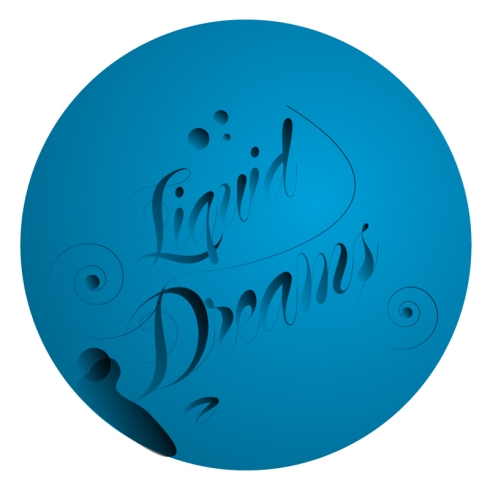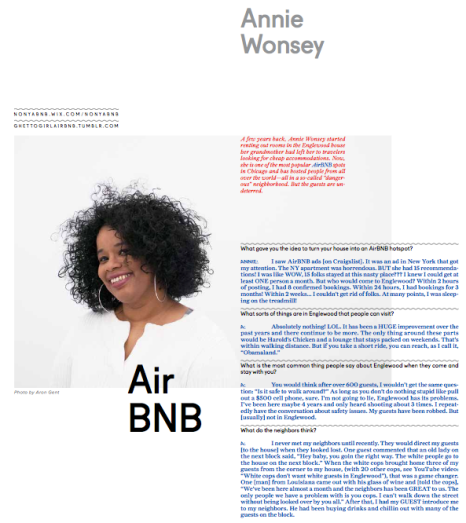
LET’S DRINK, LET’S EAT, LET’S PLAY
A Proximity Art, Food and Radical Hospitality Mini Fest
October 18-20, 2013
@ Co-Prosperity Sphere, 3219 S Morgan Street, Chicago, IL
We are hosting three special events to celebrate the release of the Food and Art Issue of Proximity. Our three course event takes place at the Co-Prosperity Sphere which is being turned into a series of installations and environments each day.
Join us for the potluck edition of Proximity Magazine, wherein we investigate the intersections of art, food, politics and socially engaged practices. In this issue we followed our noses and inhaled the simmering pot of radical hospitality as a strategy for making art. Our investigation into how the boundaries of art and food have been blurred, smoothed out and ingested is revealed through the practices of many local artists, activists and chefs. Our menu offers a survey of projects that are presented as profiles and discussions about the role of food in our lives. A veritable feast was found within Chicago’s art ecology, now lets sit down and eat.
LETS’ DRINK
Friday, October 18, 2013, 8-11pm
Co-Prosperity Sphere, 3219-21 S Morgan St, Chicago, IL
Admission: $10
Come to our magazine release party and get a hot-off-the-press copy of Proximity, meet some of the featured artists in the magazine and enjoy some bread, and alchemical craft beer creations of your own choosing.
Features installations by PREP, Hardcore Craft Beer presents Alechemy, Bread & Beer and the return of the Hornswagglers!
Complementary beverages by Stone Brewing Company. Other beverages provided by Founder’s Brewing Company & special guest brewers. The Hornswagglers bar will be coming out of retirement for the evening serving their signature cocktails.
LETS EAT
Saturday, October 19, 2013, 7-10pm
Co-Prosperity Sphere, 3219-21 S Morgan St, Chicago, IL
Admission: $45 by RSVP Only ( Limited Seating)
Join us at our pop up eatery in the Co-Prosperity Sphere for a special Prix fixe dinner with Chef Chris Reed from The Rice Table.
When the Dutch expanded their empire to Indonesia, they were enchanted by the native cuisine it discovered. Excited by this new world of creative cooking, their appetites increased, and so to the number of dishes at the elaborate table. Thus began the birth of the Rijsttafel, which highlights the various delicacies. The Rijsttafel was brought to The Netherlands, and now this fascinating culinary event in all it’s glory, can be enjoyed by you — right here in Chicago.
The Rijsttafel consists of a treasure trove of Old World delicacies, brought to life and executed to perfection. For this special occasion we have compiled a 12 dish dinner comprised of classical offerings from the West Java province of Indonesia. This evening is a ticketed event at $45.00 a seat and includes 2 complimentary drinks provided by Maria’s Community Bar, additional drinks
RSVP and purchase tickets here: http://proximity-ricetable.eventbrite.com/
Photography by Ben Syverson
Beverages curated by Maria’s Packaged Goods & Community Bar
Audio selections from: Dj Joe Bryl
Presented by The Rice Table & Maria’s Packaged Goods & Community Bar
LET’S PLAY
Sunday October 20, 10:30am – 2pm
Co-Prosperity Sphere, 3219-21 S Morgan St, Chicago, IL
Admission: (Suggested admission $10 per family)
Our LET’S PLAY program is for kids and adults.
At this family-savvy happening, you will find the Kite Collective’s Shadow Forest installation, make visual poetry windchimes with the Kite Collective to take home, boogie to the beats of a Future Hits electric set, cross paths with SHoP’s portatable Froebelian learning center, learn more about Be the Change Charter School and play with Cultural ReProducers. Eric May, a featured artist from Proximity’s new issue, will be serving his signature E-Dogz to attendees. This event is part of Co-Prosperity Sphere’s “Urban Operating System.”










